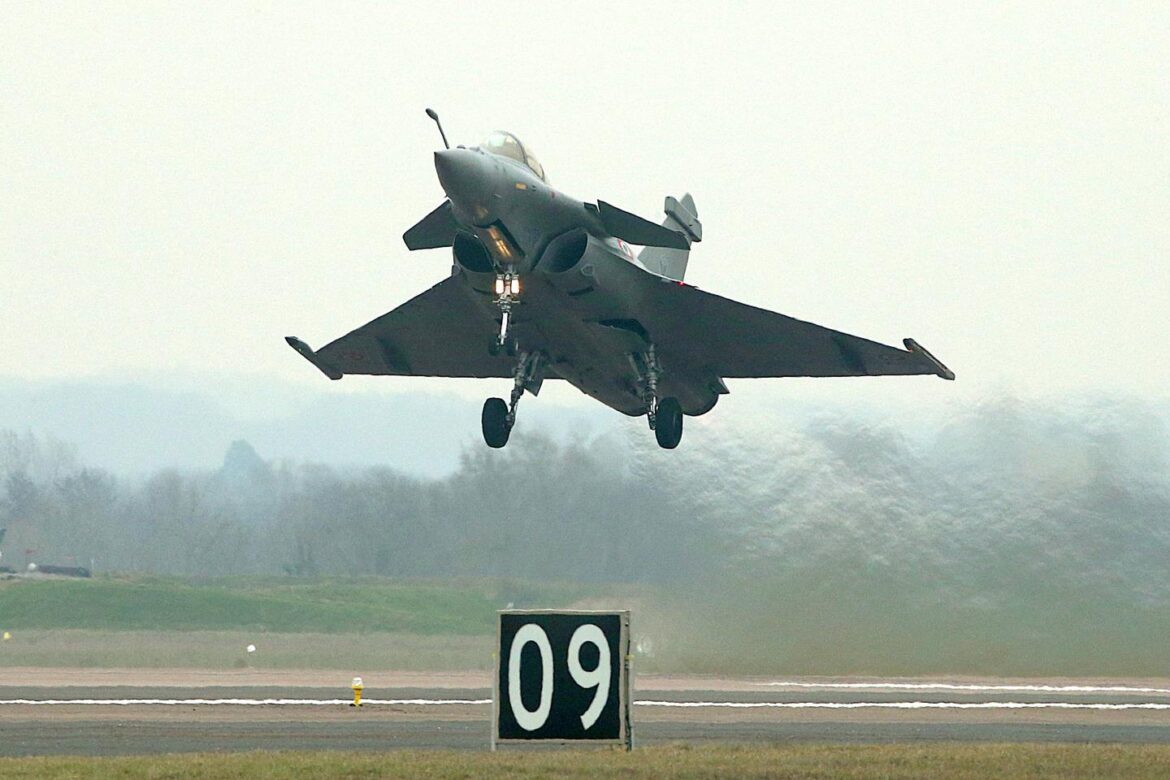 Army Minister Sébastien Lecornu at the press conference following the council of ministers at the Elysee Palace in Paris on April 4, 2023. BERTRAND GUAY / AFP
Army Minister Sébastien Lecornu at the press conference following the council of ministers at the Elysee Palace in Paris on April 4, 2023. BERTRAND GUAY / AFP
It is an understatement to say that France’s new draft military programming law (LPM), which was presented on Tuesday, April 4, in the Council of Ministers, has aroused mixed reactions, from the opposition to specialized observers. While this law is supposed to respond to the new demands of the international context, and proposes to put up to €413 billion on the table by 2030, the list of equipment that it plans to purchase turns out to be shorter, in certain categories, than what had been expected for several years.
This paradox is that the armed forces’ budget will have almost doubled by 2030 compared to 2017. “I fear that there will be less with more,” said a source with inside knowledge of the dealings. Strictly speaking, the increase in credits compared to the previous LPM (2019-2025), which is being rewritten early due to the war in Ukraine, is only 30%, or about €100 billion. But inflation alone should account for around €30 billion. This financial equation has led to tough choices, particularly given the desire to prioritize the renewal of nuclear deterrence.
These decisions now have another cost, in terms of image, by putting an end to the “showcase army” effect. This LPM must “make our operational capabilities more sincere,” as General Thierry Burkhard, chief of the defence staff (CEMA), said before the Assemblée Nationale’s defense committee on April 6. “We have given priority to coherence over mass (…), reactivity over endurance,” he said, “we had to get out of the fleet logic.” “Either we buy an army to do the parade on July 14, or we have an army to fight the war,” he also told the press in February.
You have 76.74% of this article left to read. The rest is for subscribers only.

